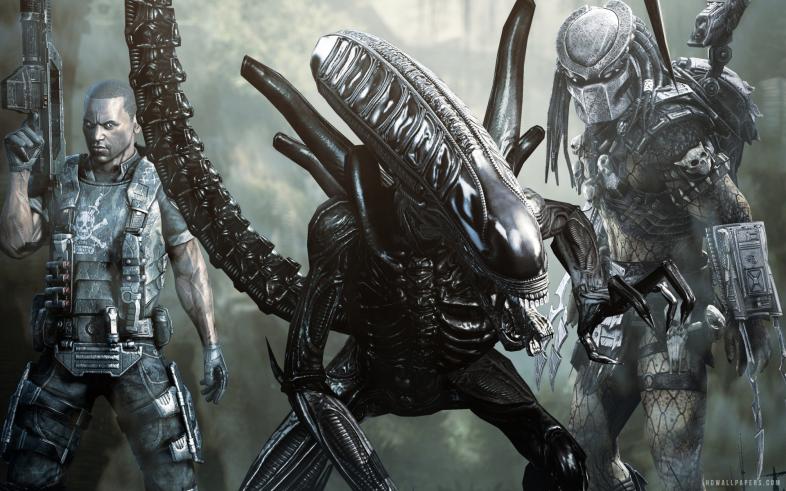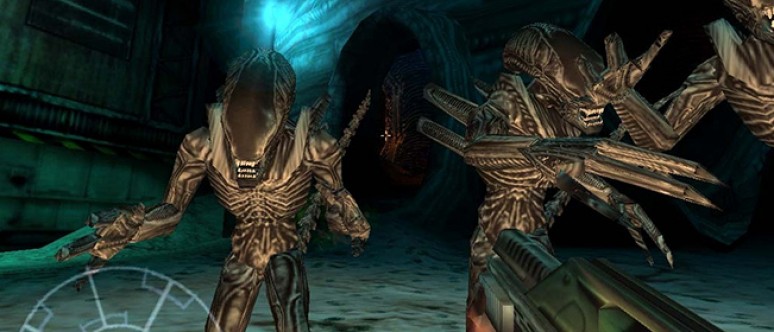

Tessellation is already a reality in offline CGI - has been for a loooong time, and it's why CGI models can have nearly impossible levels of detail and smoothness, while realtime simulations are usually comprised of comparatively very-low-polygon, blocky objects.

It is kinda essential in bridging the gap between offline CGI and realtime simulation. It increases mesh density dramatically, making practical the use of displacement maps for radically more detailed characters, worlds and objects. Tessellation can be used for everything from water simulation and terrain, to adaptive LOD. Realistically, that's probably what it was, too - toward the end of development, someone likely said, "Hey, we're porting our DX10 code over to a DX11 path on PC - Let's chuck tessellation in there to sound futuristic", only problem is all the geometry was built from the start with efficiency as a cornerstone, not displacement (Hard-surface modeling and game modeling look COMPLETELY different from a modeling perspective).Ĭlick to expand.There's a lot of fuzz actually, and with good reason.

This is why I basically characterize the implementation in this game as being an afterthough, or at-best a tack-on feature. Why does this bother me, though? Hundreds of thousands of tessellated polygons per character with no displacement, and no real improvement to model quality?! Seems a little wasteful, and more than a little pointless. They adaptively tessellate and smoothe what appears to be *everything*, but it doesn't appear they use any displacement maps on characters *at all* (and with those base meshes, who would?!), and if they're using displacement on the environments, I've completely over-looked it. They're using it almost exclusively as an LOD tool, instead of actually using it to increase model detail. Click to expand.I have a slight (major) beef with the tessellation implementation in this game directly related to above.


 0 kommentar(er)
0 kommentar(er)
